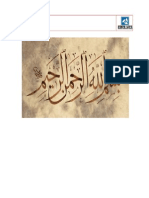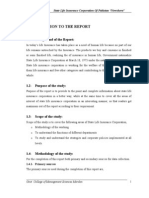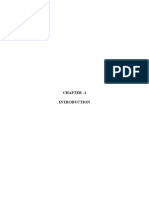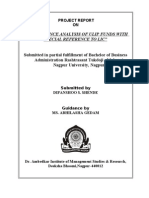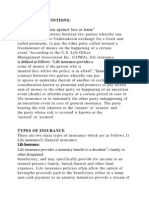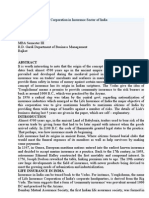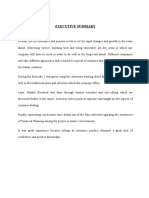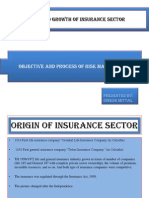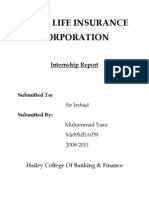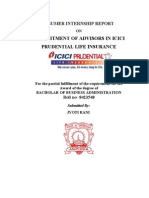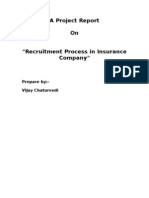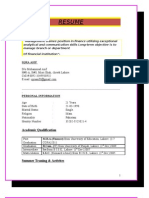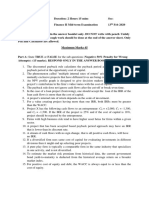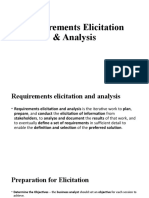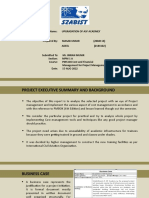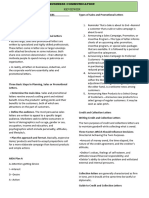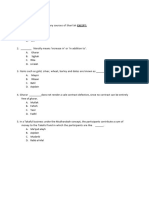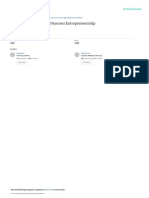0% found this document useful (0 votes)
162 views9 pagesInsurance Operations Overview
The document discusses the functioning of State Life Insurance Corporation of Pakistan (SLIC). It describes SLIC's business model, including its underwriting, claims, marketing, and finance departments. The finance department oversees accounts, actuarial work, investments, and auditing. SLIC offers various life insurance products and services. It invests customer premiums and aims to earn more from investments and premiums than it pays out in claims.
Uploaded by
raul_0189Copyright
© Attribution Non-Commercial (BY-NC)
We take content rights seriously. If you suspect this is your content, claim it here.
Available Formats
Download as DOCX, PDF, TXT or read online on Scribd
0% found this document useful (0 votes)
162 views9 pagesInsurance Operations Overview
The document discusses the functioning of State Life Insurance Corporation of Pakistan (SLIC). It describes SLIC's business model, including its underwriting, claims, marketing, and finance departments. The finance department oversees accounts, actuarial work, investments, and auditing. SLIC offers various life insurance products and services. It invests customer premiums and aims to earn more from investments and premiums than it pays out in claims.
Uploaded by
raul_0189Copyright
© Attribution Non-Commercial (BY-NC)
We take content rights seriously. If you suspect this is your content, claim it here.
Available Formats
Download as DOCX, PDF, TXT or read online on Scribd
/ 9





